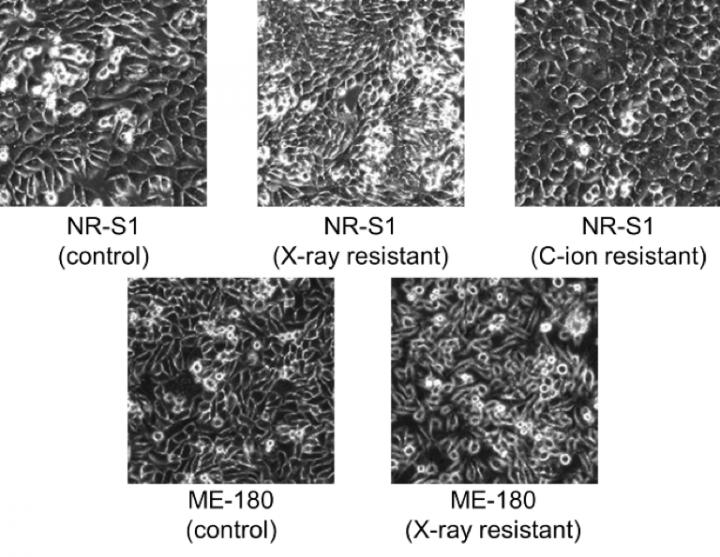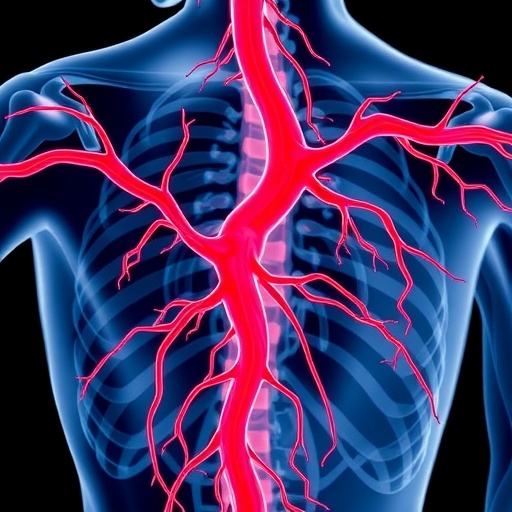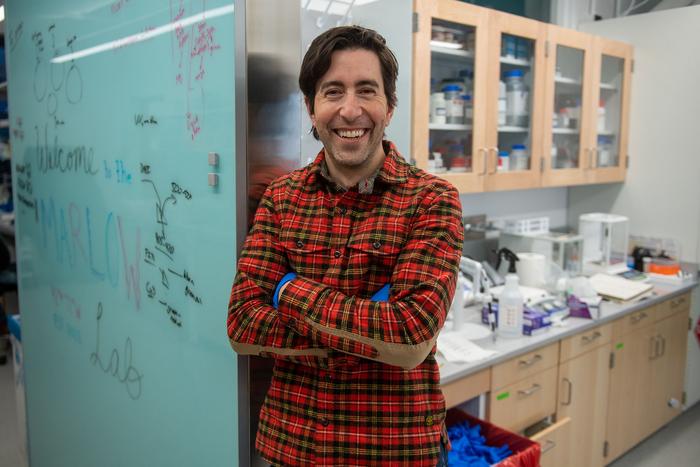Osaka University researchers have developed a system using artificial intelligence that can automatically differentiate between different types of cancer cell

Credit: Osaka University
Osaka, Japan – In cancer patients, there can be tremendous variation in the types of cancer cells from one patient to another, even within the same disease. Identification of the particular cell types present can be very useful when choosing the treatment that would be most effective, but the methods of doing this are time-consuming and often hampered by human error and the limits of human sight.
In a major advance that could signal a new era in cancer diagnosis and treatment, a team at Osaka University and colleagues have shown how these problems can be overcome through an artificial intelligence-based system that can identify different types of cancer cells simply by scanning microscopic images, achieving higher accuracy than human judgment. This approach could have major benefits in the field of oncology.
The system is based on a convolutional neural network, a form of artificial intelligence modeled on the human visual system. In this study, reported in the journal Cancer Research, this system was applied to distinguish cancer cells from mice and humans, as well as equivalent cells that had also been selected for resistance to radiation.
“We first trained our system on 8,000 images of cells obtained from a phase-contrast microscope,” corresponding author Hideshi Ishii says. “We then tested its accuracy on another 2,000 images, to see whether it had learned the features that distinguish mouse cancer cells from human ones, and radioresistant cancer cells from radiosensitive ones.”
Upon creating a two-dimensional plot of the findings obtained by the system, the results for each cell type clustered together, while being clearly separated from the other cells. This showed that, after training, the system could correctly identify cells based on the microscopic images of them alone.
“The automation and high accuracy with which this system can identify cells should be very useful for determining exactly which cells are present in a tumor or circulating in the body of cancer patients,” lead author Masayasu Toratani says. “For example, knowing whether or not radioresistant cells are present is vital when deciding whether radiotherapy would be effective, and the same approach can then be applied after treatment to see whether it has had the desired effect.”
In the future, the team hopes to train the system on more cancer cell types, with the eventual goal of establishing a universal system that can automatically identify and distinguish all such cells.
###
The article “A convolution neural network uses microscopic images to differentiate between mouse and human cell lines and their radioresistant clones” was published in Cancer Research, https:/
About Osaka University
Osaka University was founded in 1931 as one of the seven imperial universities of Japan and now has expanded to one of Japan’s leading comprehensive universities. The University has now embarked on open research revolution from a position as Japan’s most innovative university and among the most innovative institutions in the world according to Reuters 2015 Top 100 Innovative Universities and the Nature Index Innovation 2017. The university’s ability to innovate from the stage of fundamental research through the creation of useful technology with economic impact stems from its broad disciplinary spectrum.
Website: https:/
Media Contact
Saori Obayashi
[email protected]
81-661-055-886
Original Source
https:/
Related Journal Article
http://dx.
News source: https://scienmag.com/





